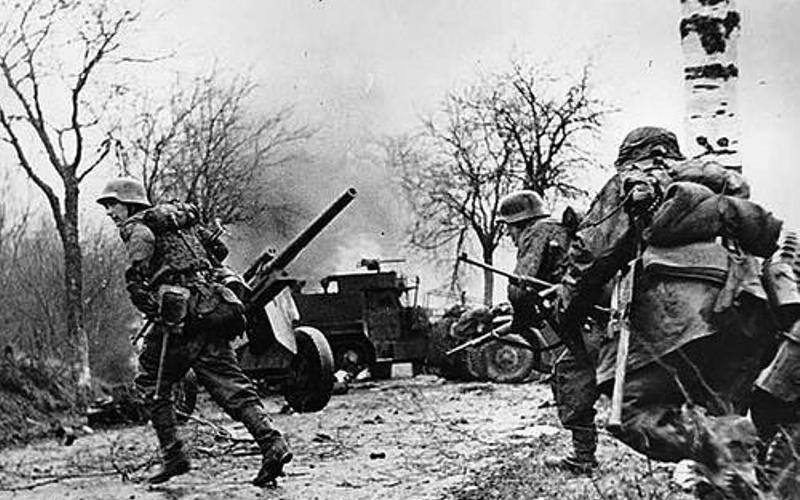
Battle of the Bulge
Germany’s last offensive on the Western Front
16 December 1944 - 25 January 1945
The Battle of the Bulge was the last major German offensive of World War II. The offensive was launched through the Ardennes sector of the Western front, a heavy forested region. The operation took place in France, Belgium and Luxemburg. In Germany the offensive was known as Unternehmen Wacht am Rhein, or Operation Watch on the Rhine. Its aim was to stop the Allied use of the port of Antwerp, and to encircle four Allied armies. Thus, the Germans hoped that the western Allies would be forced to concede to a negotiated peace. The failure of the operation severely drained German forces and set the stage for their subsequent defeat in the following spring.
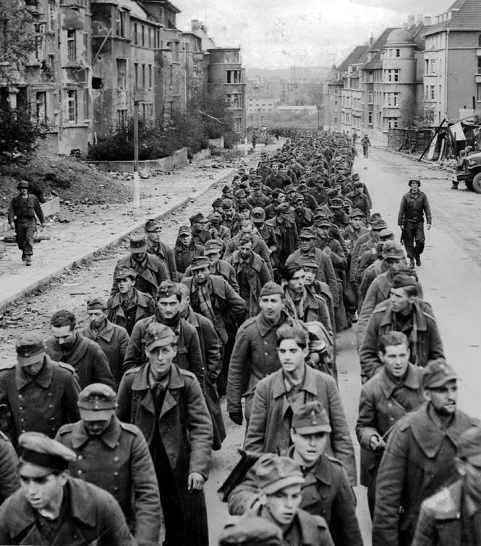
1 of 7
The American offensive around Aachen had drawn a number of German divisions into a costly battle. These were part of the troops which were supposed to be used in the great attack. Thus, the plans were postponed from the end of November to the middle of December.

2 of 7
The plan for a counter-offensive originated in August, as the American break-out from Normandy was developing. It was tentatively scheduled for November, when the Allied air forces would be hampered by weather, and had been set for the Ardennes area.
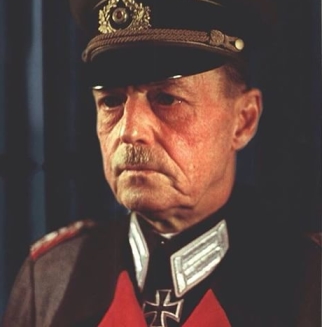
3 of 7
‘I strongly object to the fact that this stupid operation in the Ardennes is sometimes called the “Rundstedt Offensive”,’ Gerd von Rundstedt complained after the war. ‘This is a complete misnomer. I had nothing to do with it. It came to me as an order complete to the last detail. Hitler had even written on the plan in his own handwriting “Not to be Altered”.’ Rundstedt said he felt it should instead be called ‘the Hitler Offensive’.
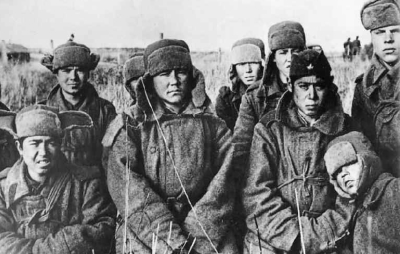
4 of 7
The German success in restoring the Western Front in September 1944 allowed Hitler to consider a major effort to regain the initiative. The question was where. To the east, the Soviets were still inactive in Poland. Even during the desperate struggle to rebuild the Western Front, Hitler considered the possibility of a major counter-offensive. He rejected a strike against the Soviets, since there appeared to be no operational objective that would undermine Stalin’s political will. But Hitler held the Anglo-Americans in considerably less respect. Perhaps a major attack could divide them or even drive the British from the war.

5 of 7
Given the atmosphere in the Reich as Himmler’s agents pursued those responsible for the 20th of July assassination plot, there was little opposition to the Führer’s dreams among his senior military leaders. Guderian did urge Hitler to give priority to the Eastern Front, but Hitler, underestimating Soviet strength as he had so often in the past, discounted the advice and turned to the west.
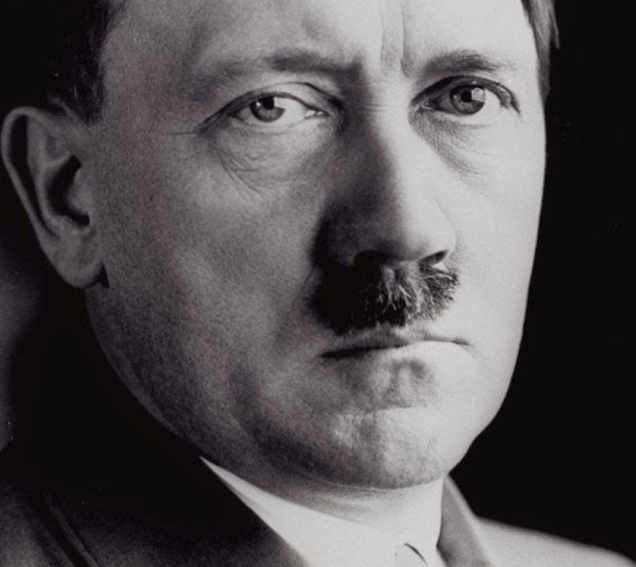
6 of 7
The Germans enjoyed a three-to-one advantage in manpower, a two-to-one advantage in tanks, and general superiority in artillery. But they did have a significant disadvantage in air power. That is precisely why Hitler launched the offensive during a period of bad weather.
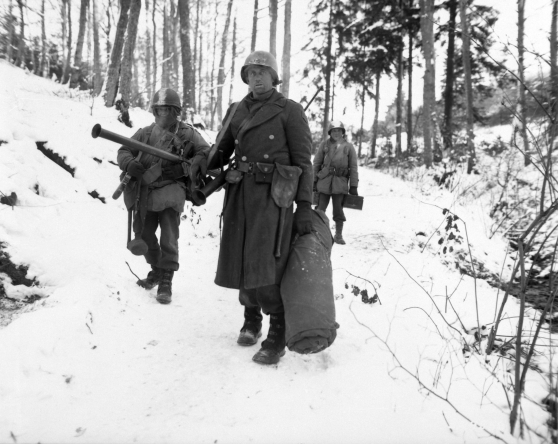
7 of 7
The defeat of the Germans in the Battle of the Bulge was a victory for the U.S. soldier. He had stood the test of everything the Wehrmacht could throw at him, particularly early in the battle, when he was outnumbered and unprotected by air cover.
The plans were for the Allied front to be split open by a hard and quick blow dealt to the Americans by thirty new and rebuilt German divisions. These, in Hitler's view, could make only a minor difference on the Eastern Front. Crossing the river Meuse quickly and striking for Antwerp, the Germans could cut off and destroy the 1st Canadian, 2nd British, and 8th and 1st American armies. Such a blow would change the whole situation in the war. Either the enemy coalition would break or, at the very least, the victory in the west would make a massive shift of troops to the East possible.
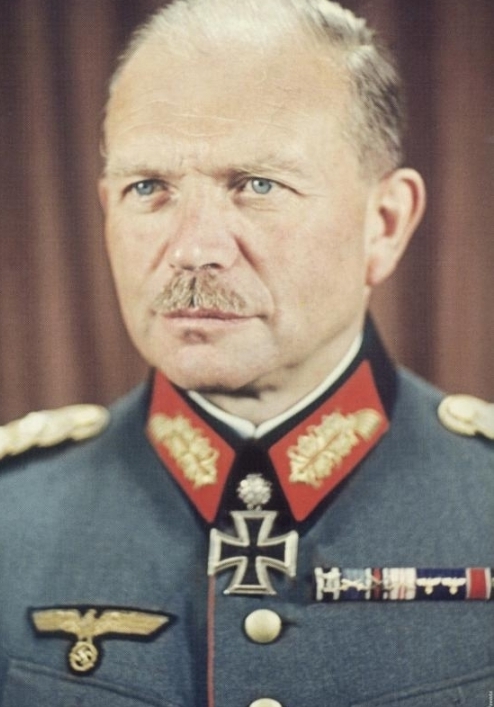
1 of 7
General Heinz Guderian, the army Chief of General Staff, objected to the whole idea of employing Germany's last reserves in the west. However, Hitler hoped to be done in the west before the anticipated Soviet winter offensive could start. Guderian, who was charged with opposing the Red Army’s coming winter offensive in the east, did not want any offensive to take place in the west, but rather argued for the reinforcement of the Eastern Front, including Hungary.
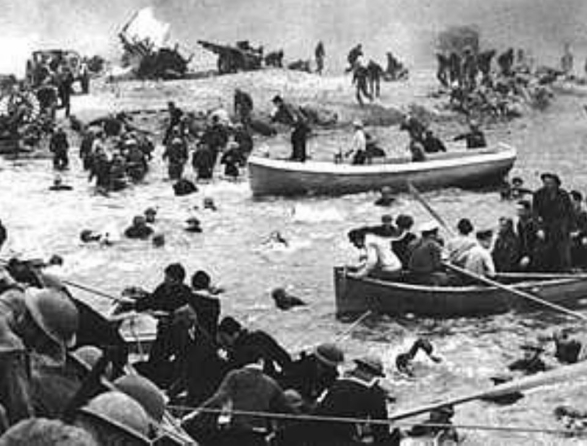
2 of 7
What Hitler referred to as a ‘second Dunkirk’ inflicted on the British would, even if accomplished, hardly relieve Germany of major
pressure in the West. All debate in the ensuing weeks focused on the details, not the wisdom, of the planned operation.
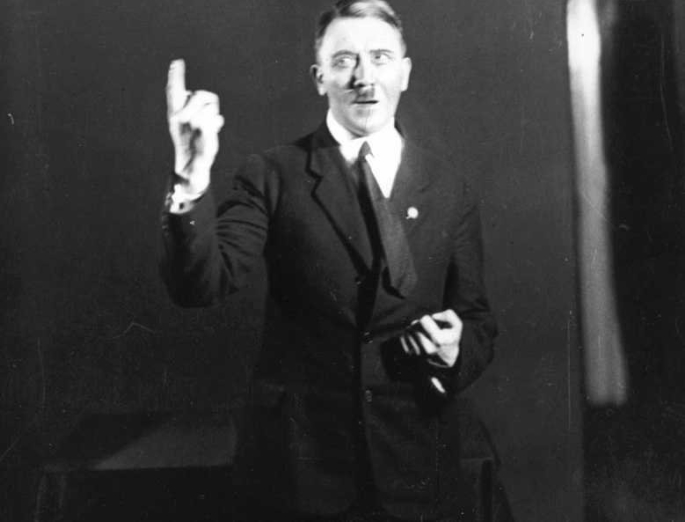
3 of 7
Hitler's view of the Americans as incapable of fighting effectively and of the American home front as likely to crack under a heavy blow at the front reflected his long-held perception of the United States. There is no evidence that Hitler realized - or that a single one of his military advisors pointed out to him - that, of all the major belligerents, the United States was the one which up to this point had been least damaged by the war and had by far the greatest recuperative powers. Even a major defeat was less likely to have a serious impact on the American war effort.

4 of 7
The commanders in the west, Field Marshals Gerd von Rundstedt and Walter Model, preferred an offensive with more limited objectives. But they could never explain why Germany's last reserves should be expended on such an operation. Rundstedt, Model, Manteuffel and other generals in the west wanted a limited Ardennes offensive that knocked the Allies off balance. This would give the Germans the chance to rationalize the Western Front and protect the Ruhr.
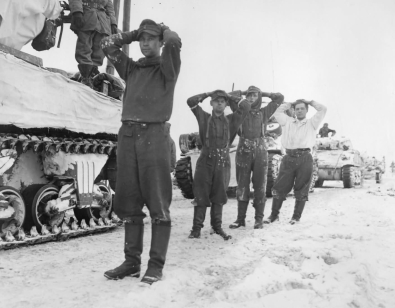
5 of 7
The divisions assigned for the attack were being rebuilt or organized and moved to the front with careful attention to concealment, the commanders of divisions were being harangued by Hitler, and the last preparations made. The main thrust was to be made by the 6th SS Panzer Army to the north and 5th Panzer Army to the south, with 15th Army providing flank support on the right and 7th Army on the left.
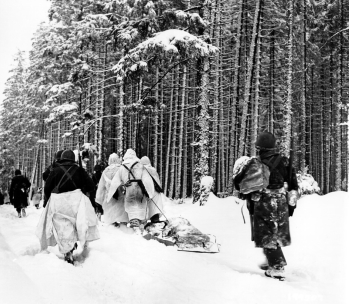
6 of 7
When the preparations were made and bad weather arrived, some 200,000 German soldiers and 600 tanks, supported by about 1,900 guns, attacked. The front was held by approximately 80,000 American soldiers, 400 tanks, and 400 guns.
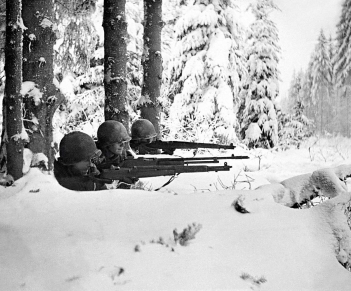
7 of 7
The OKW began pulling SS and army Panzer divisions off the Western Front, including both the Sixth and Fifth Panzer Armies. Albert Speer’s industrial empire was still producing considerable amounts of military equipment, while convalescent soldiers and new conscripts
filled up the ranks. The Luftwaffe received the task of protecting the major Rhine bridges lying behind the Ardennes.
- Gerhard L. Weinberg, A World at Arms A Global History of World War Two, Cambridge University Press, Cambridge, 1994
- Andrew Roberts, The Storm of War A New History of the Second World War, Penguin Books, London, 2009
- Williamson Murray, Allan R. Millett, A War To Be Won Fighting the Second World War, Belknap Press, Cambridge, Massachusetts, 2000





